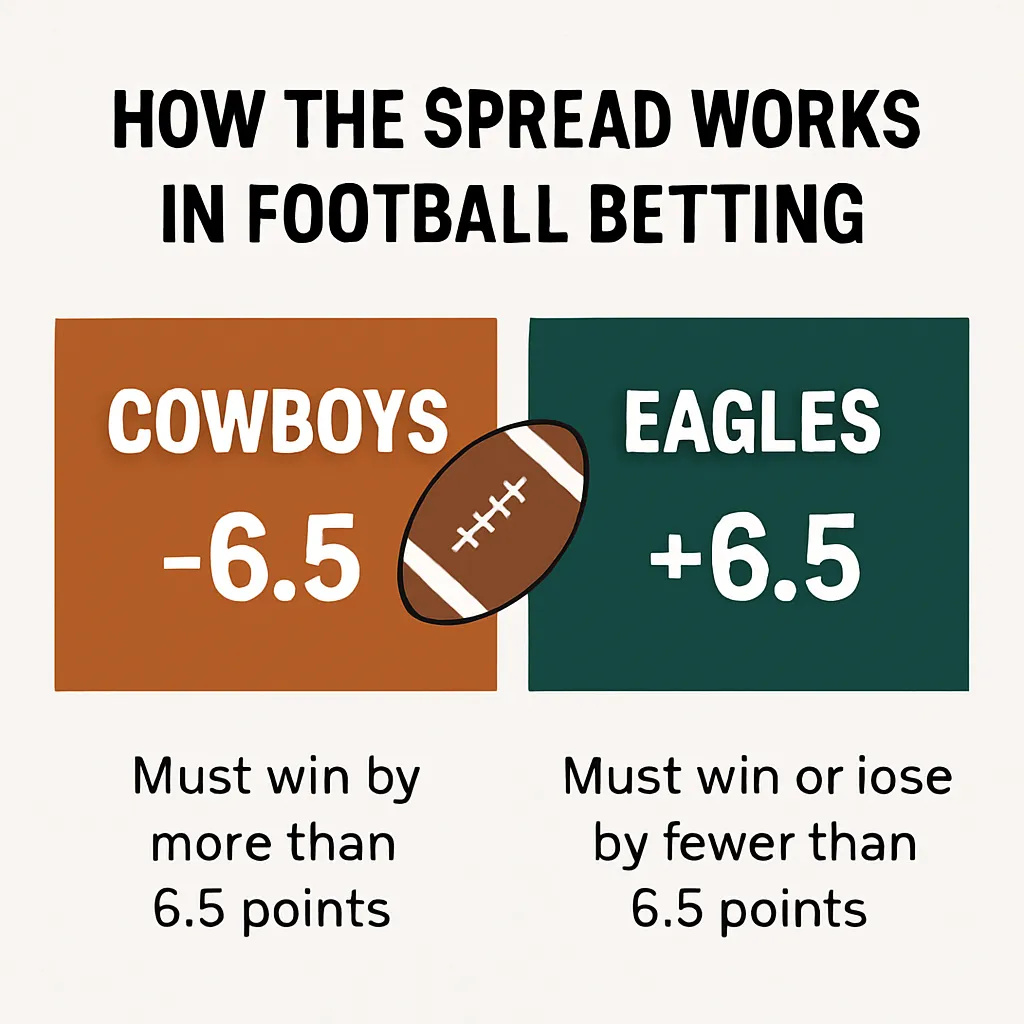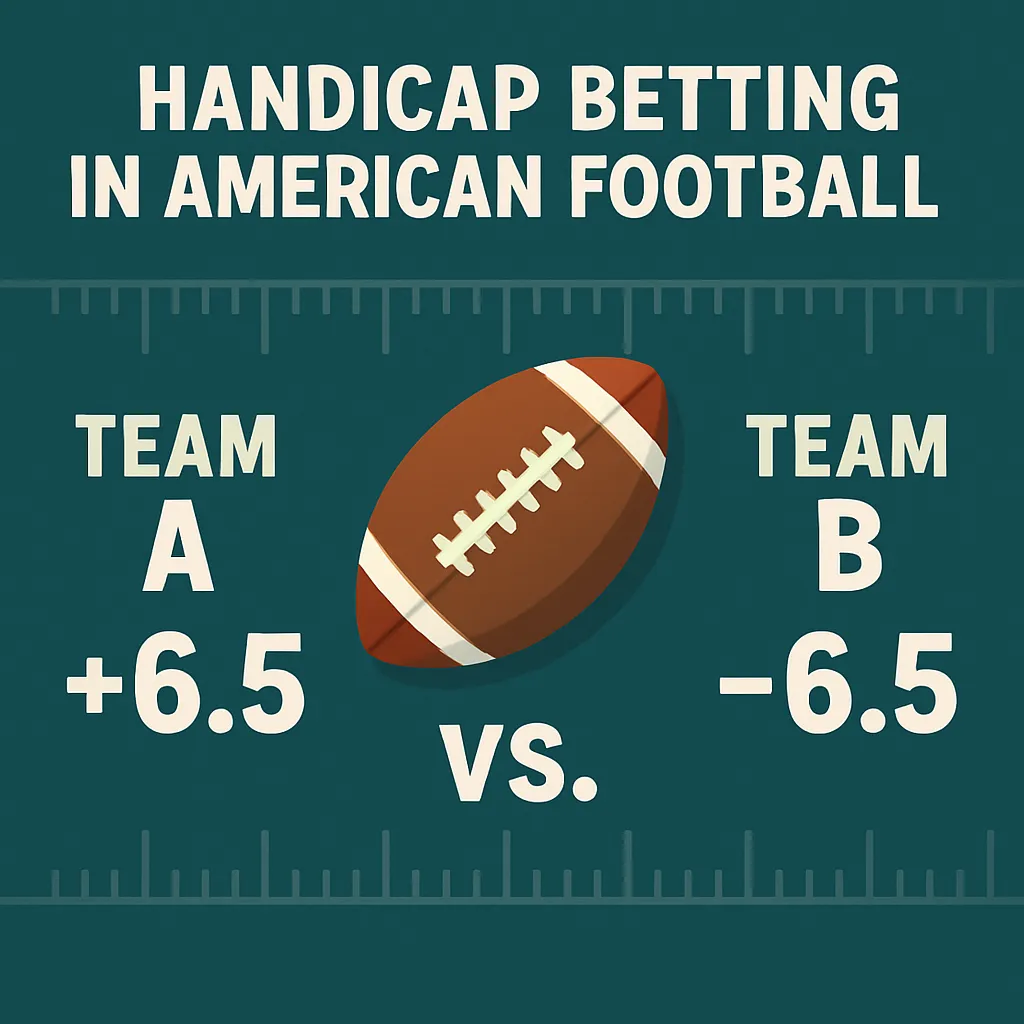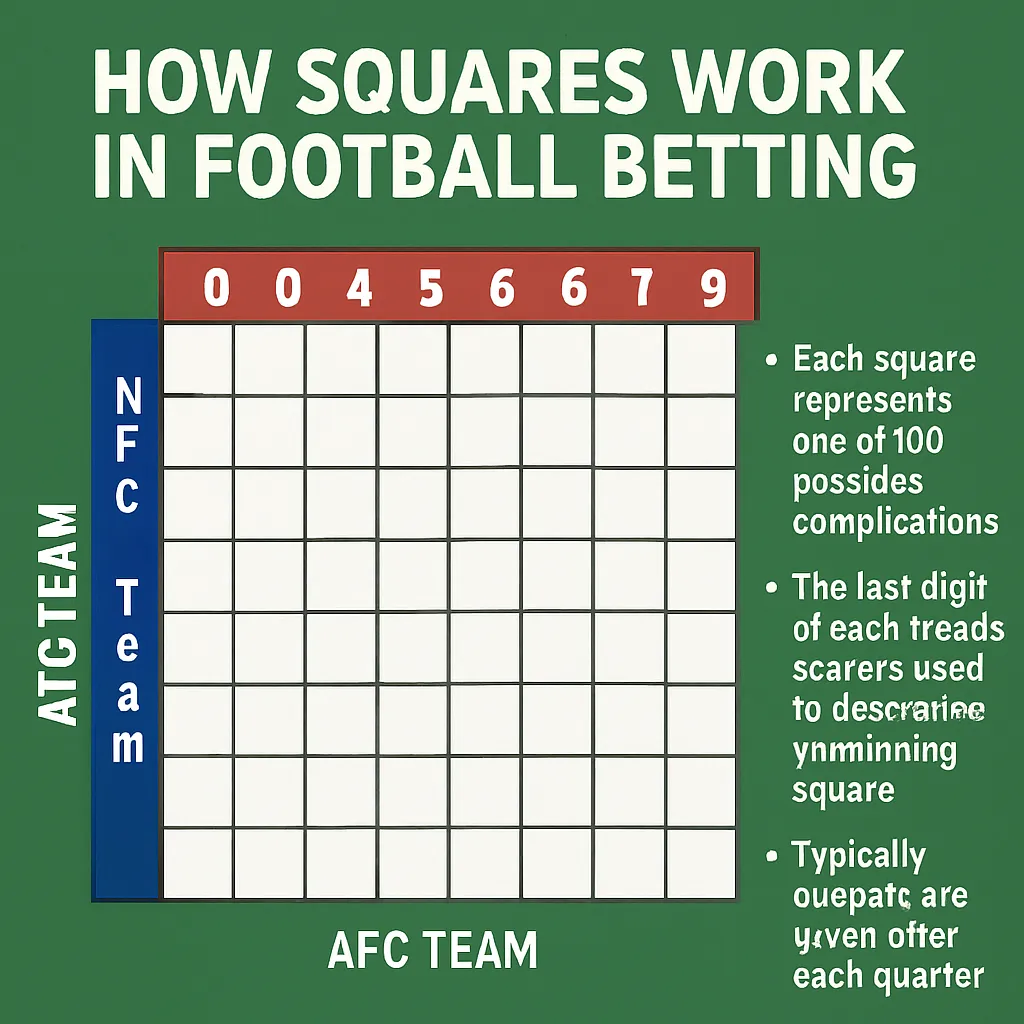Football betting spreads are one of the most popular ways to wager on the outcome of a game, offering bettors a balanced way to bet on either team. Understanding how the spread works can help both beginners and experienced punters make more informed decisions. In essence, a point spread is a handicap placed by the sportsbook to even out the perceived differences between two teams. This article will explore the mechanics of the spread, how to place bets, strategies for success, and how spread betting compares to other wager types. By the end, you’ll have a solid grasp of point spreads, key strategies, and the risks and rewards involved. Let’s dive into the world of spread betting in football.
What is a Point Spread in Football Betting?
Basics of Point Spread
A point spread is a number set by oddsmakers that assigns a handicap to the favorite team in a football game. It represents how many points the underdog is “given” to level the playing field for betting purposes. For example, if Team A is favored by 7 points, they must win by more than 7 for a bet on them to pay out. Conversely, a bet on Team B wins if they lose by fewer than 7 or win outright. The point spread ensures that receiving and laying points is more appealing than betting on moneyline odds alone. This betting format often results in near 50/50 wagering on each side of the spread, reducing the sportsbook’s risk. Understanding these basics is the cornerstone of successful spread betting.
Why 0.5 is Commonly Used in Spreads
The half-point, often called the “hook,” is commonly added to spreads to eliminate tie bets, known as pushes. By using 0.5, sportsbooks ensure that every bet results in a clear win or loss, avoiding the need to refund wagers. For example, a spread of -3.5 means the favorite must win by at least 4 points, making the outcome decisive. This small adjustment helps sportsbooks balance action and manage liability more effectively. From the bettor’s perspective, the half-point can significantly affect whether a wager hits or misses, making it crucial to shop for optimal spreads. In tight games, that extra half point often makes the difference between winning and losing. Because of its importance, savvy bettors pay close attention to how half-points shift across sportsbooks.
How to Bet on the Spread
Steps to Place a Spread Bet
Placing a spread bet may seem daunting at first, but it follows a straightforward process once you understand the basics. Below is a step-by-step guide to help you get started with point spread wagering.
-
Choose a Reputable Sportsbook: Research licensed online or land-based sportsbooks with competitive odds, reliable payouts, and solid reputations.
-
Create and Fund Your Account: Sign up, complete identity verification, and deposit funds via your preferred method, whether credit card, e-wallet, or bank transfer.
-
Select the Football Game: Navigate to the football section and locate the game you wish to bet on, noting the spread values for each team.
-
Decide on the Favorite or Underdog: Choose whether you believe the favorite will cover (win by more than the spread) or the underdog will keep the game within the spread.
-
Enter Your Stake: Input the amount you wish to wager, ensuring it aligns with your bankroll management strategy.
-
Confirm and Place Bet: Review the bet slip details, confirm the spread and stake, and submit your bet before the cutoff time.
Online Platforms for Spread Betting
With the rise of online betting, dozens of platforms now offer point spread markets for football games across major leagues. Popular options include Bet365, DraftKings, FanDuel, and William Hill, each with distinct features and promotions. Many sportsbooks provide live betting, allowing you to wager on spreads as the game unfolds, adjusting the spread in real time based on scoring and momentum. Mobile apps have become increasingly sophisticated, offering intuitive interfaces, in-play statistics, and cash-out options to lock in profits or cut losses. User reviews and independent audits can help you identify the best platforms with competitive lines and swift payouts. Always compare spreads across multiple sites, as even a half-point difference can impact your long-term profitability.
Strategies for Successful Spread Betting
Analyzing Teams and Matchups
Winning spread bets requires more than intuition; it demands thorough analysis of team performance and individual matchups. Start by evaluating recent form, paying attention to how teams have covered spreads in their last five to ten games. Consider home versus away splits, as some teams perform significantly better in front of their home crowd. Examine injuries to key players—offensive line weaknesses or defensive back absences can swing the game’s flow and point differential. Weather conditions also play a role in football point totals and can impact defensive holds or offensive efficiency. Below are critical factors to analyze before placing a spread wager.
-
Recent Cover Rates: Check how often each team has covered their spread over the last 5–10 games.
-
Home/Away Splits: Evaluate performance discrepancies when playing at home versus on the road.
-
Injuries and Depth: Assess the impact of missing starters, especially in the trenches and secondary.
-
Weather Conditions: Account for rain, wind, and extreme temperatures that can suppress scoring.
Understanding Key Numbers and Their Importance
In football spread betting, certain point margins occur more frequently than others; these are known as key numbers. The most common scoring plays—field goals (3 points) and touchdowns (7 points, including an extra point)—mean that spreads ending in 3 or 7 are more likely to decide outcomes. Understanding these key numbers helps you identify advantageous spreads such as 2.5, 3.5, 6.5, and 7.5, where small shifts can dramatically affect the probability of a cover. For instance, a 2.5-point spread avoids the key number 3 entirely, providing a statistical edge in some scenarios. Bettors can leverage historical data to gauge how often teams cover at these critical margins. By focusing on key numbers, you can fine-tune your wagers and target lines that better reflect expected outcomes.
Spread Betting vs. Other Bet Types
Difference Between Point Spread and Moneyline
While point spreads focus on margins of victory, moneyline bets are straightforward wagers on which team will win outright. Moneyline odds reflect each team’s implied probability, with favorites offering lower returns and underdogs providing higher payouts. In contrast, spread betting levels the field by giving points to underdogs or taking points from favorites, keeping payouts closer to even money. Moneyline bets are simpler but can be less profitable when betting on heavy favorites due to poor odds. Spread bets, on the other hand, allow you to find value even when betting on strong teams. Understanding when to use each bet type—and how their risk-reward profiles differ—is key to diversifying your betting strategy.
Spread vs. Over/Under
Over/Under bets, also called totals, involve wagering on whether the combined score of both teams will be above or below a set number. Unlike point spreads that handicap teams directly, totals focus on game pace, offensive efficiency, and defensive matchups. Spread betting aligns your outcome with the margin of victory, while totals depend on scoring volume. Some bettors combine spread and totals bets to hedge or amplify potential returns. Below is a comparison table summarizing the main characteristics of these bet types.
| Bet Type | Definition | Typical Odds | Primary Focus |
|---|---|---|---|
| Point Spread | Handicap on favorite or underdog by a set number of points | ~–110 / –110 | Margin of victory |
| Moneyline | Bet on which team wins outright | Varies widely (e.g., –150 / +130) | Winner only |
| Over/Under (Total) | Wager on combined score being over or under a line | ~–110 / –110 | Scoring volume |
Risks and Rewards of Spread Betting
Potential Risks Involved
Spread betting carries inherent risks, as slight miscalculations can lead to losing bets even when your favored team wins the game. A one- or two-point swing in scoring can turn a winner into a losing wager if the team fails to cover the spread. Additionally, unforeseen factors like last-minute injuries, coaching decisions, or extreme weather can drastically affect outcomes. Emotional betting and chasing losses often exacerbate risk by leading to larger, irrational stakes. The vigorish, or juice, charged by sportsbooks also cuts into long-term profitability, requiring a win rate above 52.4% at –110 odds to break even. Understanding and managing these risks is critical to sustaining a profitable betting approach.
How to Mitigate Risks
Effective risk mitigation involves disciplined bankroll management, sticking to predetermined wager sizes, and avoiding impulsive bets. Use flat betting—staking the same amount on each spread wager—to minimize volatility and preserve capital during losing streaks. Research and analysis should inform your bets, avoiding gut calls based on team loyalty or recent high-profile wins. Taking advantage of line shopping across multiple sportsbooks allows you to secure the best possible spread and maximize your edge. Finally, setting win and loss limits for each session helps prevent overexposure and emotional decision-making. By combining these practices, you can reduce downside risk and improve your long-term success rate.
FAQs About Spread Betting
Common Questions New Bettors Ask
New bettors often ask about spread terminology, such as what it means when a team is “-3” or “+7.” They want to know how half-points affect outcomes and when to bet sides versus totals. Questions also arise about payout calculations, including how vig impacts net returns. Many beginners wonder if covering the spread requires betting on the favorite or underdog and whether ties result in pushes. Bettors frequently inquire about best practices for tracking records and evaluating sportsbooks. Understanding these fundamentals helps newcomers feel more confident when placing their first spread bets.
Tips for Beginners in Spread Betting
For beginners, mastering spread betting starts with betting small and educating yourself on line movements and key numbers. It’s crucial to maintain a betting journal, recording all wagers, odds, and outcomes for analysis over time. Avoid parlays and exotic bets until you gain experience, as these often carry higher juice and complex risk profiles. Learn to interpret injury reports, weather forecasts, and team trends before placing wagers. Finally, adopt a long-term mindset—focus on consistent, incremental gains rather than chasing big wins. By following these tips, novice bettors can build a solid foundation and navigate the spread betting landscape more effectively.
In conclusion, understanding how the spread works in football betting equips you with the tools to make smarter wagers, whether you’re a novice or seasoned bettor. From the basics of handicapping and half-point adjustments to advanced strategies involving key numbers and matchup analysis, spread betting offers diverse opportunities and challenges. Always compare lines, manage your bankroll responsibly, and continuously refine your approach based on research and experience. Betting on football spreads can be both exciting and profitable when approached with discipline and a clear strategy. Remember to wager responsibly and enjoy the game.



